Prosthetics have long been a symbol of human ingenuity, bridging the gap between biology and technology. Over time, these devices have evolved from simple mechanical structures to sophisticated tools that enhance mobility and functionality. Today, wearable sensors are transforming prosthetics even further, offering real-time feedback that gives users unprecedented control and a deeper connection with their devices.
Wearable sensors in prosthetics provide an innovative solution to the age-old challenge of making artificial limbs feel natural. By capturing data on movement, pressure, and other variables, these sensors allow prosthetics to respond intuitively, creating a seamless experience for the user. But how exactly do these sensors work, and why are they such a game-changer for prosthetics?
The Role of Wearable Sensors in Prosthetics
Wearable sensors are devices embedded in prosthetics that collect and transmit data about the user’s movements, environment, and interactions. They act as the “nervous system” of a prosthetic, enabling it to adapt to the user’s needs and the surrounding conditions.
How Wearable Sensors Work
At their core, wearable sensors detect physical or environmental changes and convert them into electrical signals. These signals are then processed by the prosthetic’s control system to trigger specific actions or adjustments.
For example, a pressure sensor in a prosthetic hand might detect the amount of force being applied when gripping an object. This information is used to adjust the grip strength, preventing the object from slipping or being crushed.
Similarly, motion sensors in a prosthetic leg can monitor gait patterns, enabling smoother transitions between walking and running.
The data collected by wearable sensors is also invaluable for understanding how the prosthetic is being used. It can help users refine their movements, provide insights for physical therapists, and guide manufacturers in improving future designs.
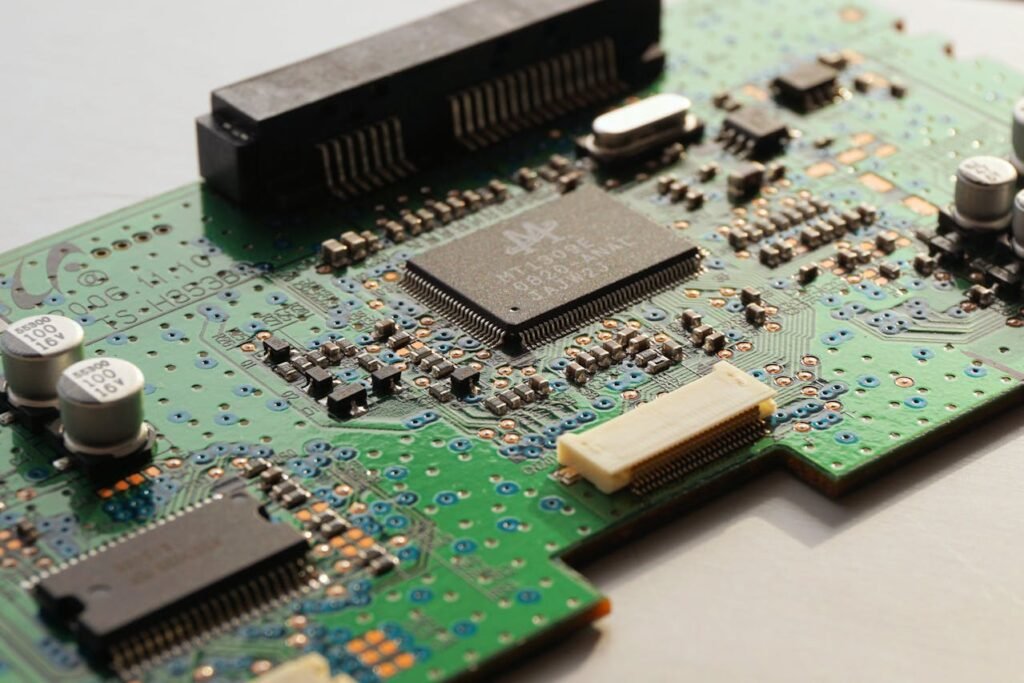
Types of Wearable Sensors
The versatility of wearable sensors makes them suitable for a wide range of applications in prosthetics. Common types include:
- Pressure Sensors: Measure force applied by the prosthetic.
- Motion Sensors: Track movement, speed, and orientation.
- Temperature Sensors: Monitor heat levels to prevent discomfort or skin irritation.
- EMG (Electromyography) Sensors: Detect electrical signals from muscles to control the prosthetic.
These sensors often work together, creating a comprehensive feedback system that allows the prosthetic to respond dynamically to the user’s needs.
Enhancing Real-Time Feedback with Wearable Sensors
One of the most transformative aspects of wearable sensors is their ability to provide real-time feedback. This feature bridges the gap between the user and the prosthetic, creating a more intuitive and responsive experience.
Improving Precision and Control
For many prosthetic users, one of the biggest challenges is achieving precise control over their device. Simple tasks, such as picking up a cup or climbing stairs, require careful coordination and feedback to avoid mistakes.
Wearable sensors address this challenge by providing continuous data on the prosthetic’s position, force, and movement. This information is processed instantaneously, enabling the prosthetic to adjust in real time.
For example, a user wearing a myoelectric arm with embedded sensors can fine-tune their grip strength based on the object they’re holding, ensuring both stability and safety.
This level of precision not only enhances functionality but also builds confidence, allowing users to tackle tasks they might have previously avoided.
Supporting Adaptive Behavior
One of the key benefits of wearable sensors is their ability to enable adaptive behavior in prosthetics. By monitoring the user’s movements and the environment, these sensors allow the prosthetic to anticipate and respond to changing conditions.
For instance, a prosthetic leg equipped with motion sensors can detect when the user is walking on uneven terrain and adjust its resistance or flexibility to maintain balance.
Similarly, a prosthetic hand might automatically modulate its grip based on the weight and texture of an object.
This adaptability makes prosthetics more versatile and user-friendly, reducing the physical and mental effort required to operate them. For manufacturers, it represents an opportunity to create products that appeal to a broader range of users, from everyday individuals to athletes and professionals.
The Impact of Wearable Sensors on User Experience
Wearable sensors in prosthetics do more than improve functionality—they transform the user experience. By creating devices that feel more natural and intuitive, these sensors address the emotional and psychological aspects of prosthetic use, helping users regain confidence and independence.
Restoring a Sense of Touch
One of the most significant advancements enabled by wearable sensors is the ability to restore a sense of touch through haptic feedback. For many users, the lack of sensory input from a prosthetic can create a disconnect, making it difficult to perform tasks that rely on tactile information.
With haptic feedback, sensors embedded in the prosthetic detect pressure, texture, or temperature and translate this data into vibrations or signals that the user can perceive. For example, when holding a fragile object like an egg, the prosthetic hand might vibrate gently to indicate the appropriate grip strength.
This sensory integration not only enhances precision but also fosters a stronger emotional connection between the user and their prosthetic. For manufacturers, incorporating haptic feedback into their designs can set their products apart, appealing to users who prioritize realism and functionality.
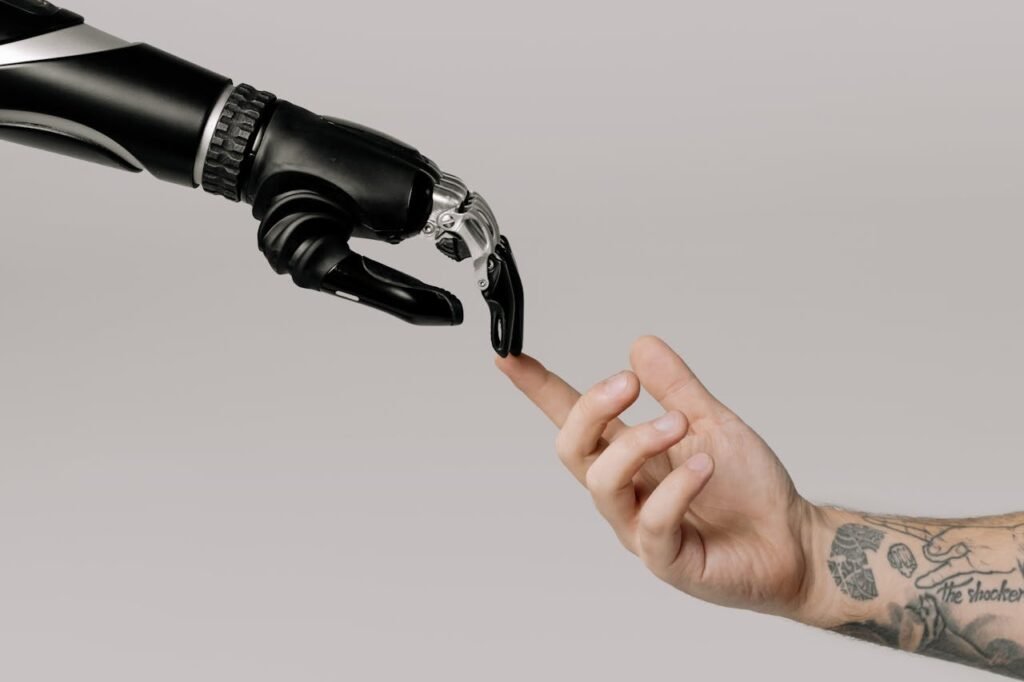
Reducing Cognitive Load
Operating a prosthetic can be mentally taxing, especially for devices that require manual adjustments or extensive training. Wearable sensors reduce this cognitive load by automating many of the adjustments and providing real-time feedback that simplifies operation.
For example, a prosthetic leg with motion sensors can adjust its resistance based on the user’s pace, eliminating the need for manual intervention. Similarly, an arm prosthetic with EMG sensors can learn and adapt to the user’s muscle signals over time, creating a more intuitive experience.
By minimizing the mental effort required to operate a prosthetic, wearable sensors enable users to focus on their activities rather than their device. This creates a more seamless and empowering experience, fostering greater adoption and satisfaction.
Applications Across Different User Groups
The versatility of wearable sensors allows them to cater to a wide range of users, each with unique needs and challenges. From children to athletes, these sensors are driving innovations that make prosthetics more inclusive and accessible.
Prosthetics for Children
Children with limb differences face distinct challenges, including rapid growth and the need for devices that adapt to their active lifestyles. Wearable sensors address these needs by enabling prosthetics that are lightweight, responsive, and capable of growing with the child.
For example, motion sensors in a prosthetic leg can help children maintain balance during play, while pressure sensors in a hand prosthetic can ensure safe and effective interaction with toys or tools.
These features make prosthetics more engaging and user-friendly for younger audiences, promoting long-term adoption and comfort.

Performance for Athletes
Athletes demand prosthetics that can withstand high-impact activities while providing precise control and real-time feedback. Wearable sensors play a crucial role in meeting these demands, enabling prosthetics that adapt to the unique requirements of sports and fitness.
For instance, a runner’s prosthetic leg might use motion sensors to optimize its spring action, enhancing speed and efficiency. Similarly, a rock climber’s prosthetic hand could incorporate pressure sensors to ensure a secure grip on uneven surfaces.
By catering to athletes, manufacturers can push the boundaries of prosthetic design, creating devices that inspire confidence and enable peak performance.
Opportunities for Businesses in Wearable Sensor Integration
For businesses, the integration of wearable sensors into prosthetics represents both a challenge and an opportunity. While the technology requires significant investment in research and development, the potential rewards include greater market share, enhanced user loyalty, and a reputation for innovation.
Collaborating with Technology Partners
The development of wearable sensors often involves expertise from fields such as robotics, materials science, and artificial intelligence. Collaborating with technology partners allows businesses to access this expertise and accelerate the development of cutting-edge prosthetics.
For example, partnering with a company specializing in haptic technology can streamline the integration of touch feedback into prosthetics, while working with AI developers can enhance the adaptability and learning capabilities of sensor-based systems.
These partnerships not only improve the quality of the final product but also position the company as a leader in technological innovation.
Customization and User-Centered Design
Wearable sensors enable a level of customization that was previously unattainable in prosthetics. By collecting and analyzing data on individual users, these sensors allow manufacturers to create devices that are tailored to specific needs and preferences.
For instance, a user who experiences frequent discomfort might benefit from a prosthetic equipped with temperature sensors that regulate heat levels. Similarly, an athlete might prefer a device with motion sensors that optimize performance during specific activities.
Focusing on user-centered design ensures that the prosthetic meets the unique demands of each individual, enhancing satisfaction and long-term loyalty.
Expanding the Role of Wearable Sensors in Rehabilitation
Beyond enhancing the functionality of prosthetics, wearable sensors are playing a transformative role in rehabilitation. These devices provide detailed insights into user performance, enabling personalized therapy plans that accelerate recovery and improve outcomes.
Tracking Progress in Real Time
One of the most valuable contributions of wearable sensors is their ability to track progress in real time. By collecting data on movement, posture, and muscle activity, these sensors give therapists a clear picture of how a user is adapting to their prosthetic.
For example, a motion sensor in a prosthetic leg can reveal subtle imbalances in gait, helping therapists identify areas for improvement. Similarly, EMG sensors in an arm prosthetic can monitor muscle activation patterns, providing actionable feedback for strength training exercises.
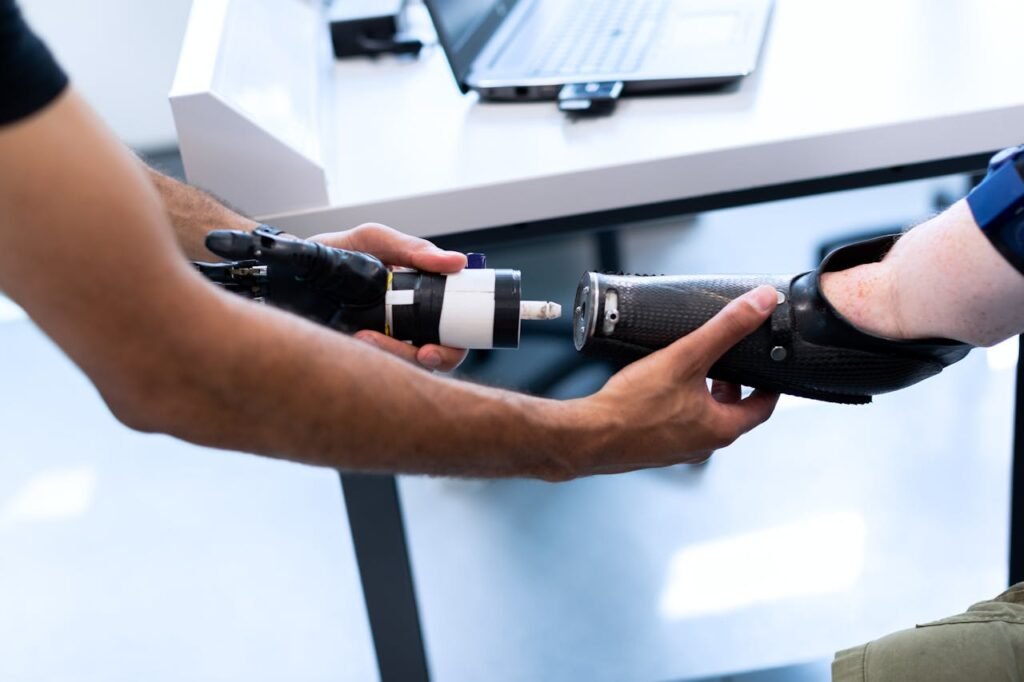
This data-driven approach ensures that rehabilitation plans are tailored to each user’s needs, maximizing their potential and reducing the risk of complications.
Businesses can support this effort by developing prosthetics with integrated analytics platforms, allowing users and therapists to access performance data through user-friendly interfaces.
Enabling Remote Monitoring
Wearable sensors also make it possible to monitor users remotely, a feature that has become increasingly important in the era of telemedicine.
Prosthetics equipped with connected sensors can transmit data to healthcare providers, enabling them to track progress and adjust therapy plans without requiring in-person visits.
For users in rural or underserved areas, this capability is particularly valuable, as it ensures they receive high-quality care regardless of their location.
Businesses that invest in telehealth-compatible prosthetics can reach a wider audience while addressing the growing demand for remote healthcare solutions.
Facilitating Early Intervention
Another benefit of wearable sensors in rehabilitation is their ability to detect issues early, before they become significant problems. For instance, a pressure sensor might identify hotspots that could lead to skin irritation or sores, prompting adjustments to the prosthetic’s fit.
By catching these issues early, wearable sensors reduce the need for costly repairs or medical interventions, saving time and resources for both users and healthcare providers.
Manufacturers can highlight this preventative aspect in their marketing, appealing to users who prioritize long-term comfort and reliability.
The Future of Wearable Sensors in Prosthetics
The integration of wearable sensors into prosthetics is still in its early stages, but the potential for future advancements is immense. As technology continues to evolve, these sensors will become even more sophisticated, enabling prosthetics that are smarter, more intuitive, and more connected than ever before.
Incorporating Artificial Intelligence
Artificial intelligence (AI) will play a pivotal role in the next generation of sensor-based prosthetics. By analyzing data collected by wearable sensors, AI algorithms can identify patterns, predict user needs, and optimize device performance in real time.
For example, an AI-enabled prosthetic leg could learn a user’s walking habits and automatically adjust its settings for different terrains. Similarly, an arm prosthetic with integrated AI could refine its grip strength based on the user’s interaction history, providing a more seamless experience.
Investing in AI-driven solutions allows businesses to stay ahead of the curve, offering products that appeal to tech-savvy users seeking cutting-edge functionality.
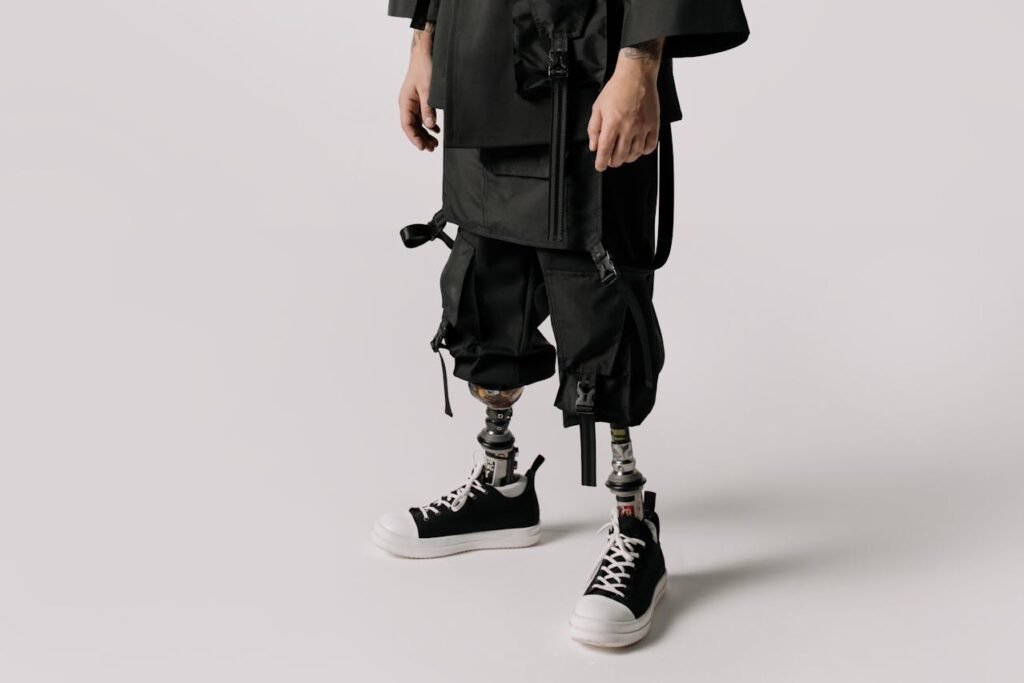
Expanding Haptic Feedback Capabilities
While current haptic feedback systems provide basic sensory input, future developments will focus on creating a more comprehensive and natural tactile experience. Advances in materials science and sensor technology will enable prosthetics to replicate a wider range of sensations, such as temperature, texture, and vibration.
For instance, a prosthetic hand equipped with advanced haptic sensors might allow a user to distinguish between rough and smooth surfaces, enhancing their ability to perform delicate tasks. This level of realism not only improves functionality but also fosters a deeper emotional connection to the device.
Businesses that prioritize haptic innovation can position themselves as leaders in creating prosthetics that truly feel like an extension of the user’s body.
Opportunities for Businesses to Lead in Wearable Sensor Integration
The growing role of wearable sensors in prosthetics represents a unique opportunity for businesses to innovate, differentiate, and expand their impact. By focusing on strategic initiatives, companies can position themselves as pioneers in this transformative field.
Collaborating with Research Institutions
Partnerships with universities and research institutions provide access to the latest advancements in sensor technology and prosthetic design. These collaborations can lead to breakthroughs in areas such as AI integration, material science, and real-time data processing.
For example, a joint project with a robotics lab might result in prosthetics that mimic natural movement more closely, while a collaboration with a bioengineering team could enhance the durability and sensitivity of wearable sensors.
By investing in research partnerships, businesses not only accelerate innovation but also build credibility as thought leaders in the industry.
Focusing on Accessibility
As wearable sensors become more advanced, ensuring that they remain accessible to all users is critical. This includes designing affordable options for underserved communities, as well as developing solutions that cater to diverse needs, such as pediatric or elderly users.
For instance, businesses could create modular prosthetics with interchangeable sensor components, allowing users to customize their devices based on their budget and lifestyle.
Highlighting these efforts in branding and communication reinforces a commitment to inclusivity and social responsibility.
Driving Innovation and Expanding Accessibility
As wearable sensors revolutionize prosthetic technology, the challenge for businesses lies in balancing innovation with accessibility. Advanced features should enhance functionality without creating barriers for users.
By adopting thoughtful design strategies and fostering partnerships, companies can expand the reach of sensor-integrated prosthetics while maintaining affordability and quality.
Modular Designs for Scalability
One approach to expanding accessibility is through modular prosthetic systems. By designing devices with interchangeable components, businesses can offer a scalable solution that adapts to the user’s changing needs and budget.
For example, a basic prosthetic hand might include essential motion sensors, with options to add advanced haptic feedback or AI-driven features over time.
This approach allows users to start with a more affordable device and upgrade as needed, ensuring they benefit from innovation without incurring upfront costs.
For manufacturers, modular designs streamline production and inventory management, enabling more efficient scaling to meet diverse market demands. This adaptability positions businesses to cater to a broader audience while maintaining competitiveness.
Customization Through Digital Platforms
The integration of wearable sensors opens the door to extensive customization, enabling users to tailor their prosthetics to their unique preferences and requirements.
Digital platforms that allow users to configure their devices online, selecting features like sensor sensitivity, feedback options, and aesthetic elements, can create a highly personalized experience.
For example, an interactive app could let users test different configurations in a virtual environment, helping them choose the settings that best suit their lifestyle. This user-centric approach not only enhances satisfaction but also empowers individuals to take an active role in their prosthetic journey.
Businesses that invest in intuitive digital tools for customization can differentiate their brand as one that prioritizes user empowerment and innovation.
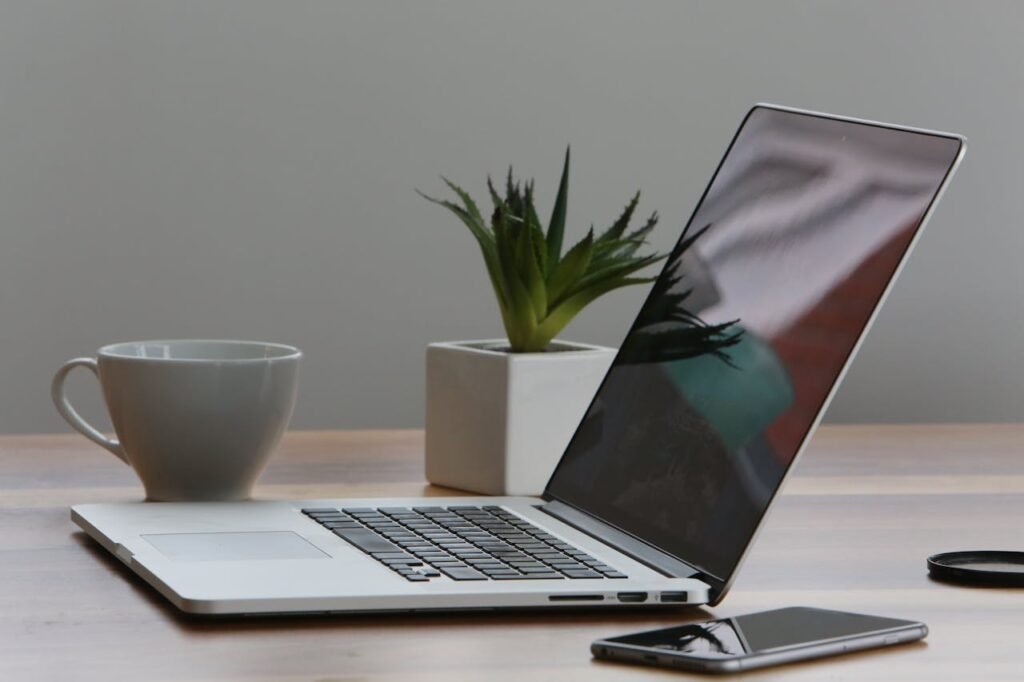
Preparing for the Future of Wearable Sensors in Prosthetics
As wearable sensor technology continues to evolve, businesses must anticipate emerging trends and adapt their strategies accordingly. The future of prosthetics lies in creating devices that are not only functional and intuitive but also seamlessly integrated into the user’s daily life.
The Role of AI and Machine Learning
Artificial intelligence (AI) and machine learning are poised to transform the capabilities of wearable sensors in prosthetics. These technologies can analyze vast amounts of sensor data to identify patterns, predict user needs, and optimize device performance in real time.
For example, an AI-driven prosthetic arm could learn how a user prefers to hold specific objects, adjusting its grip strength and motion speed automatically.
Similarly, machine learning algorithms could refine a prosthetic leg’s gait mechanics based on the user’s walking habits, ensuring greater comfort and efficiency.
For businesses, investing in AI research and development is essential to staying at the forefront of innovation. Partnering with tech firms or academic institutions can accelerate the integration of these advanced capabilities into their products.
Integrating IoT for Connected Prosthetics
The Internet of Things (IoT) is another key area of growth for wearable sensors in prosthetics. Connected prosthetics can communicate with other devices, such as smartphones, fitness trackers, or smart home systems, creating a more integrated and convenient user experience.
For instance, a prosthetic leg with IoT connectivity could sync with a user’s fitness app to track activity levels and provide insights into performance and progress.
Similarly, a connected prosthetic arm might integrate with smart home devices to assist with tasks like opening doors or controlling appliances.
Businesses that embrace IoT integration can position their products as part of a broader ecosystem, enhancing their appeal to tech-savvy users.
Shaping the Narrative Around Wearable Sensors
The adoption of wearable sensors in prosthetics is not just a technological shift—it’s a cultural one. These devices are redefining how prosthetics are perceived, moving beyond medical tools to become symbols of empowerment, innovation, and individuality.
Sharing Success Stories
One of the most effective ways to promote wearable sensor technology is by highlighting the real-world impact on users’ lives. Sharing stories of individuals who have achieved remarkable milestones with sensor-integrated prosthetics not only inspires others but also demonstrates the value of these innovations.
For example, a runner who uses a prosthetic leg with motion sensors to compete in marathons or an artist who creates intricate works with the help of a prosthetic arm equipped with haptic feedback can serve as powerful ambassadors for the technology.
Businesses can amplify these narratives through campaigns, videos, and events, creating a strong emotional connection with their audience and fostering a sense of community.
Advocating for Inclusivity and Innovation
As wearable sensors continue to advance, businesses have an opportunity to shape the narrative around prosthetics as tools of empowerment and inclusion.
By prioritizing accessibility, sustainability, and user-centric design, companies can position themselves as leaders in creating devices that enhance lives while addressing societal challenges.
This advocacy extends beyond product development to include partnerships with nonprofits, educational initiatives, and public awareness campaigns.
These efforts reinforce the message that prosthetics are not just about mobility—they are about enabling users to thrive and achieve their goals.
Conclusion
Wearable sensors are revolutionizing prosthetics, offering real-time feedback that enhances control, adaptability, and user experience.
By enabling prosthetics to respond dynamically to the user’s needs and environment, these sensors are bridging the gap between technology and biology, creating devices that feel truly intuitive.
For businesses, the integration of wearable sensors represents a transformative opportunity.
By investing in innovation, prioritizing accessibility, and fostering user-centric design, companies can create prosthetics that not only meet functional demands but also empower individuals to live life to the fullest.



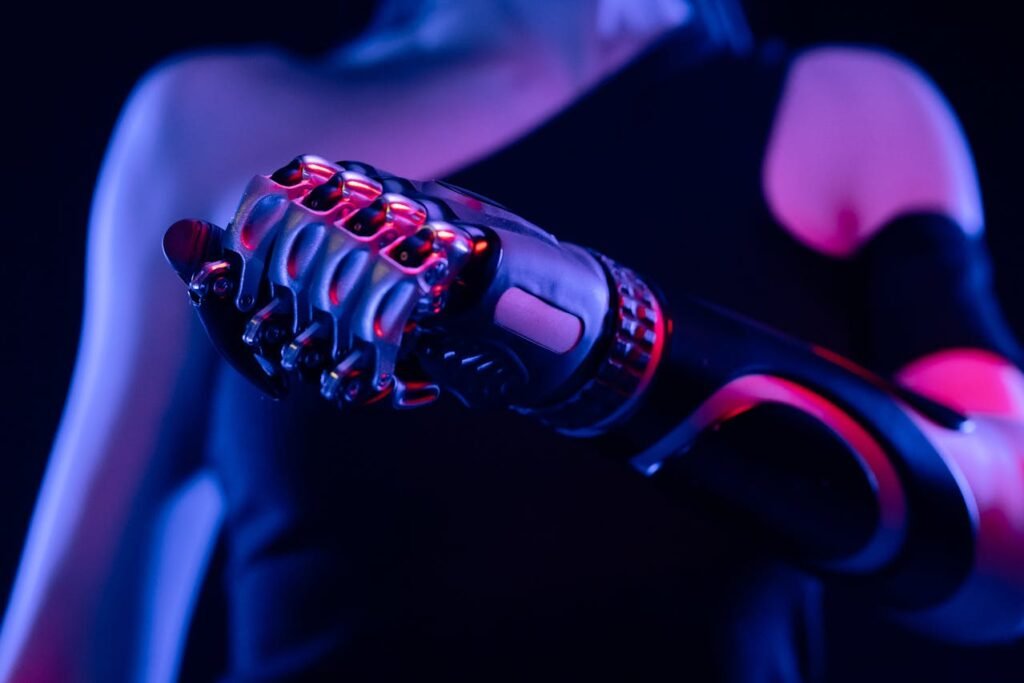
Insightful read! Can you write about cost-effective sensor solutions for small businesses?. Explore cutting-edge services and products at https://www.proact-ims.com/ or contact us at +91 80 3542 9949 for collaboration and innovation opportunities. Elevate your projects with Proact’s expertise.
I’ve always been curious about the calibration and accuracy standards followed by different pressure sensor manufacturers. A blog covering the quality assurance processes would be insightful!. Explore cutting-edge services and products at https://www.proact-ims.com/ or contact us at +91 80 3542 9949 for collaboration and innovation opportunities. Elevate your projects with Proact’s expertise.
This is a fantastic piece on the role of wearable sensors in enhancing prosthetic functionality. Real-time feedback is indeed a game-changer for user comfort and precision. Keep innovating! Explore our services at https://www.proact-ims.com/ or contact us at +91 80 3542 9949 for collaboration opportunities. Elevate your network capabilities with Proact’s expertise.
“Incredible advancements in prosthetic technology! Real-time feedback mechanisms enabled by wearable sensors are indeed a game-changer for user mobility and independence. A great read for anyone interested in biomedical innovation.” Explore cutting-edge services and products at https://www.proact-ims.com/ or contact us at +91 80 3542 9949 for collaboration and innovation opportunities. Elevate your projects with Proact’s expertise.
The potential of wearable sensors to improve prosthetic responsiveness is remarkable. Real-time feedback could truly revolutionize mobility and user comfort.Explore cutting-edge services and products at https://www.proact-ims.com/ or contact us at +91 80 3542 9949 for collaboration and innovation opportunities. Elevate your projects with Proact’s expertise.
This makes me wonder—what are the compliance or certification standards top sensor manufacturers follow, especially in aerospace.Explore cutting-edge services and products at https://www.proact-ims.com/ or contact us at +91 80 3542 9949 for collaboration and innovation opportunities. Elevate your projects with Proact’s expertise.
Fantastic post! How are sensor manufacturers adapting their designs for harsh environments like deep-sea or outer space?.Explore cutting-edge services and products at https://www.proact-ims.com/ or contact us at +91 80 3542 9949 for collaboration and innovation opportunities. Elevate your projects with Proact’s expertise.